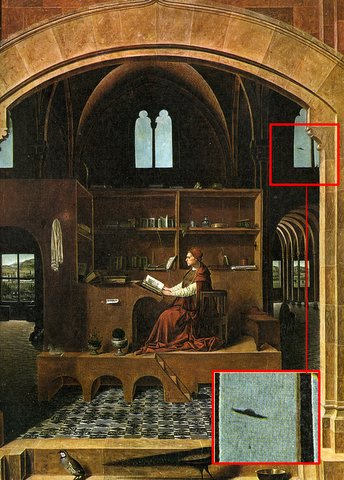.
A review of the history of art through UFOs.
Not the first time we hung here documents show that recorded for centuries, or even thousands of years, are hard to identify objects that appear to be the least, misplaced.
Today we will do a review of several paintings and prints that seem to contain much like UFOs.
A few weeks ago we published an object appeared to be a satellite, a XVI century altarpiece (here), today we review other no less enigmatic paintings that bring us closer to the belief that since time immemorial man has had contact with strange celestial bodies.
This review is a clear example of this:
.
These images of two crusaders are of a twelfth-century manuscript "Annales Laurissenses" (religious event history books) and refers to a UFO that was seen in 776, during the siege of the castle of Sigiburg, France. The Saxons surrounded and besieged the French population. Both were fighting when suddenly a group of discs were holding in the air over the church. A Saxon seemed that the French were protected by these objects and withdrew.
.
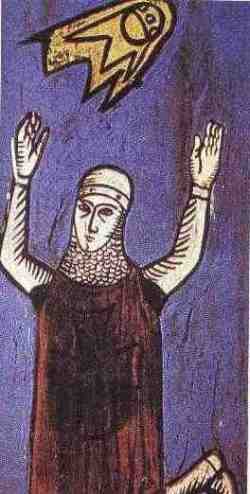
.
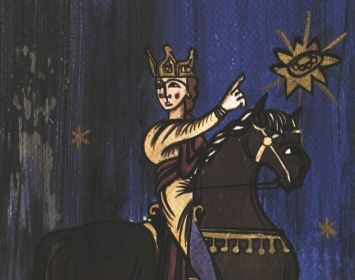
.
This image comes from the French book "Le Livre Des Bonnes Meurs" by Jacques Legrand., Located in Chantilly Condé's Museum. Some people say that this area is a balloon ... but in 1338 in France there was no balloon.
.
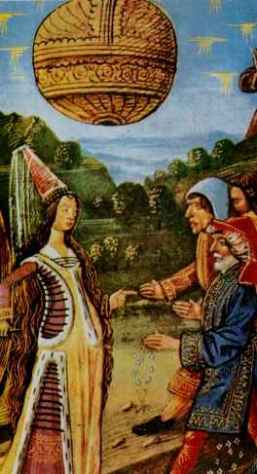
.
The table shows "The Crucifixion" painted in 1350. Two objects with figures inside can be seen at the top to left. and right of the fresco. It shows two enlargements of these objects. The fresco is located above the altar of the Decani Monastery in Kosovo, Yugoslavia.
.
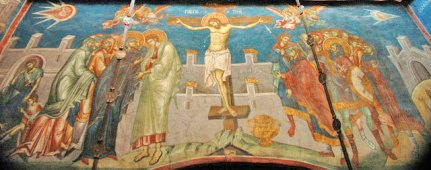
.
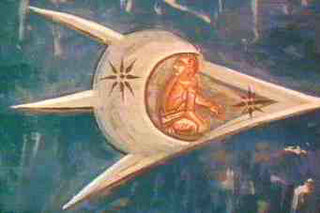
.
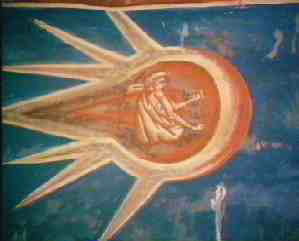
.
These two tapestries were created in the fifteenth century. Both depict the life of Mary. The two objects can be seen clearly shaped hat. The first is known by the title of "The Magnificat". The two tapestries are in French Basilica of Notre-Dame in Beaune, Burgandy.
.
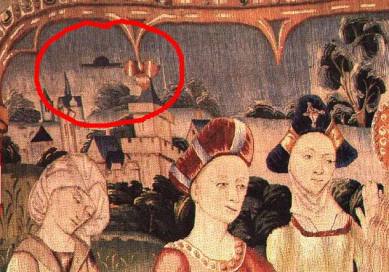
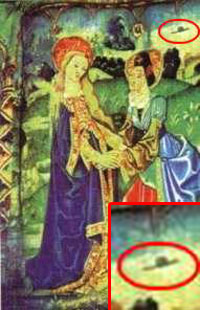
.
"The Madonna of Saint Giovannino" is in the National Gallery, London. Data from S. XV and was painted by Domenico Ghirlandaio.It can be seen in the upper right strange flying object with flashing lights, and below a man with raised arm at him. Moreover, man has his arm raised as if he were trying to block the sun to better see the object that is in heaven.
.
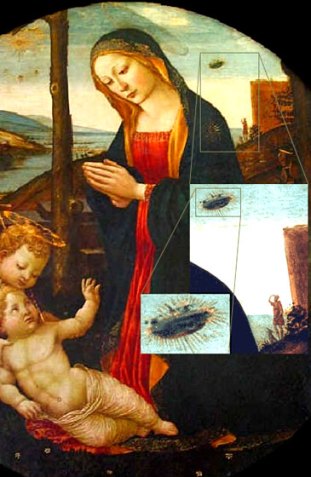
.
This picture depicts Jesus and Mary on a strange device mounted lenticular. The painting is titled "The Miracle of the Snow" and was made in 1428 by Masolino Da Panicale (1383-1440). This box is located in the church of Santa Maria Maggiore, Florence.
.
.
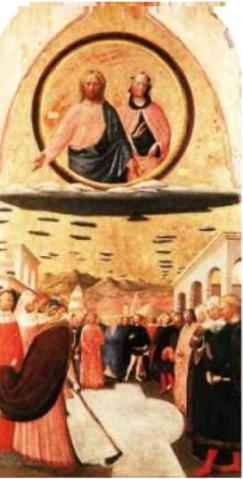
.
Painting by Carlo Crivelli (1430-1495), "The Annunciation" (1486) National Gallery, London. A disc-shaped part of a ray of light into Mary's head.
.
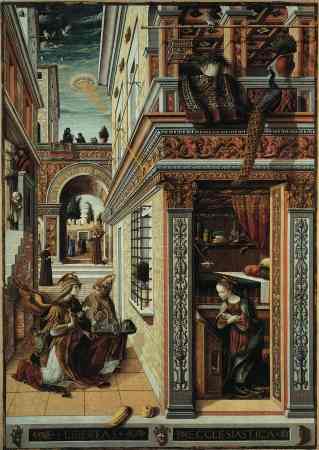
.
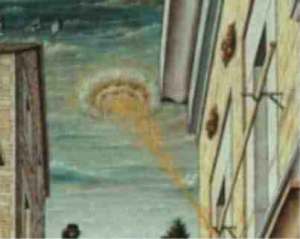
.
This tapestry called "The Triumph of Summer" was held in Bruges in 1538. He now resides in the National Museum of Bavaria, Germany. (Bayerisches). You can clearly see several disc shaped objects in the top of the mat, both on the left side to the right. As you can see in the extension, the objects floating in the air are equal, are disc-shaped with a raised portion in the center, similar to the shape of a hat.
.
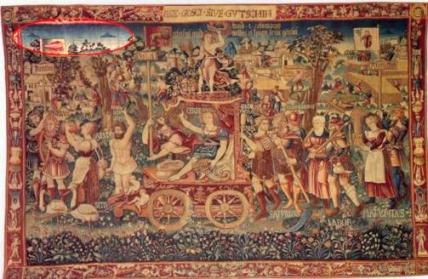
.
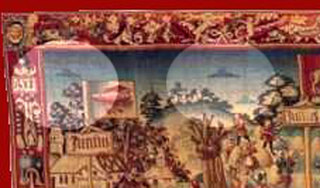
.
This representation of the crucifixion of Christ is a seventeenth century fresco in the Cathedral is Svetishoveli, Georgia. In this cool can observe two ship-shaped objects on either side of Christ, at the height of his hands. In addition, there is a face on each object looking down.
.
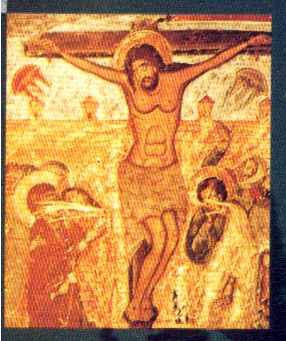
.
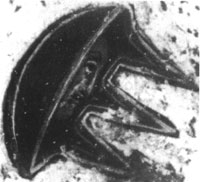
.
This image is a work by Flemish artist Aert De Gelder (pupil of Rembrandt) and is entitled "The Baptism of Christ", painted in 1710, is in the Fitzwilliam Museum, Cambridge. It clearly shows an object shaped disk that start bright rays of light onto St. John the Baptist and Jesus. Front disc representing the dove is the Holy Spirit.
.
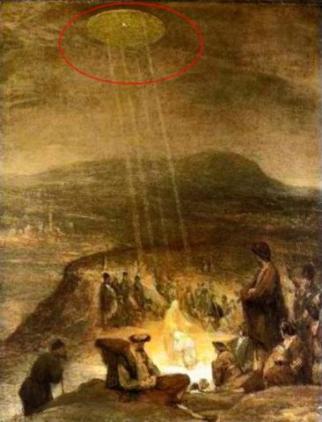
.
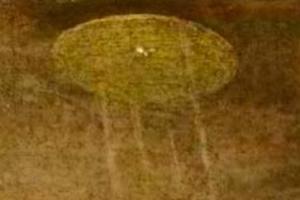
.
This is a Renaissance illustration of a UFO seen in Rome detailed in the book "Prodigiorum liber" by Roman historian July Obsequens - "Something like a sort of weapon, or missile, rose with a great noise from the earth and flew in the sky. "
.
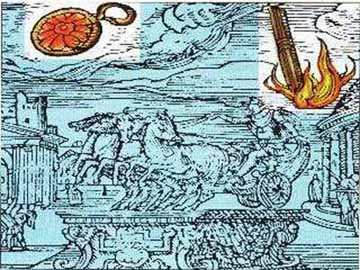
.
This illustration is from the book "Ume No Chiri" "apricot powder," published in 1803. A foreign ship and crew witnessed in Haratonohama, Japan this strange object. According to explanations of the drawing, the outer shell was made of iron and glass, and strange letters could be drawn into the ship.
Japan also has a tradition of these strange objects in his prints, already documented in your day here.
.
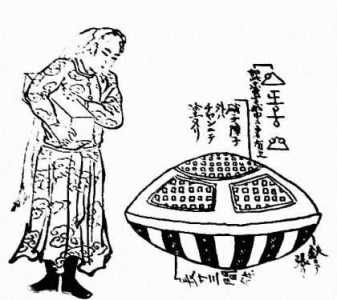
.
These two examples of rock art are from Toro Muerto, Peru 12/14, 000 years old. Beings have some sort of halo covering their heads (compare Valcamonica photograph below). Also, there is some kind of object in the hand of the principal being.
.
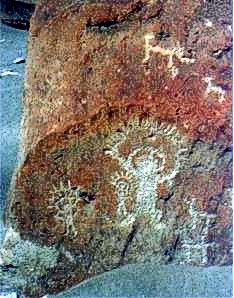
.
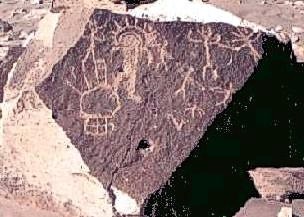
.
Paolo Uccello (1397-1475), grand representative of the Quattrocento, he painted a panel known as "the Thébaide" which shows a crucified Christ and under it a strange aprato describing a sharp curve ..
.
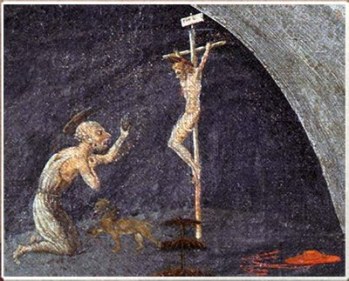
.
This drawing shows two objects flying over Hamburg in Germany on November 4, 1697. The two objects were described as "two wheels bright".
.
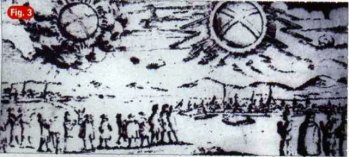
.
The Australian Wandjinas represented in caves thousands of years old and which we discussed here.
.
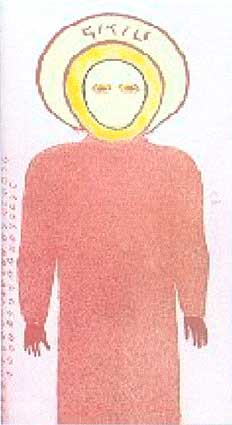
.
An illustration showing a sighting of a burning wheel in the year 900 in Japan.
.
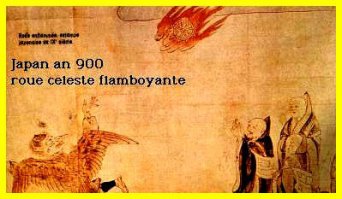
.
This image is from a Tibetan translation of the Sanskrit text "Prajnaparamita Sutra" the tenth century and is set in a Japanese museum. In the enlargement you can see two objects that look like hats, and one of them seems to have holes. The texts of the Vedas are full of descriptions of Vimanas. The sacred text Ramayana describes Vimanas as circular or cylindrical vessels with two levels, with holes and with a dome. They fly to the "wind speed" and produce a "melodious sound."
.
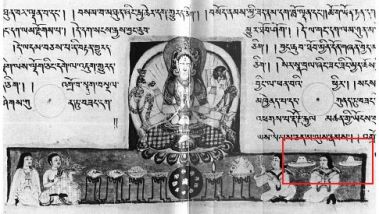
.
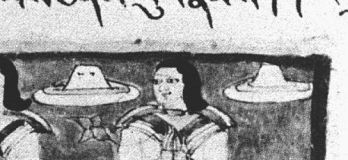
.
This cave was painted 10,000 BC and is from Val Camonica, Italy. It seems to paint two beings in protective suits and strange instruments in their hands.
.
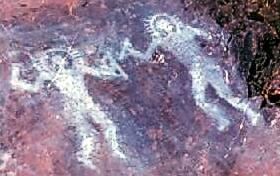
.
This is an artistic reproduction of a relief found in a labyrinth on the island in the lake Jotuo Toengt'ing. It was found by an expedition that took place in 1957 (two years before an earthquake in that region). The expedition was conducted by Professor Tsj'i Pen-Lai, who found various reliefs showing "humans" in strange clothes dresses that looked like astronaut suits.
.
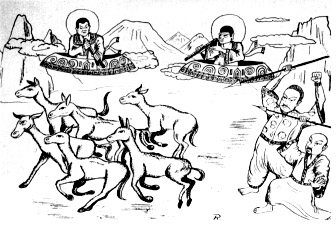
.
This is a 1680 French coin minted in a currency used as an educational tool that is normally used to help people count money, or sometimes used as a substitute for money in games (tab). Century is 16/17. Appears to commemorate a UFO that looks like a wheel. Some researchers feel that represents the Biblical Ezekiel's wheel. The Latin inscription 'OPPORTUNUS ADEST translates as' is here at an opportune time. "
.
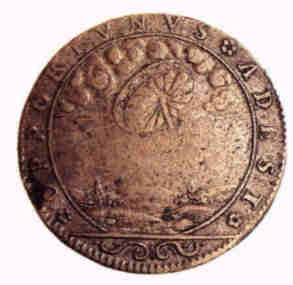
.
Thousands of writings and images of all types support this theory (many of them, it is estimated that more than 35,000 are stored in the secret archives of the Vatican), which describes encounters between men and strange machines, and even among the crews of the same , dressed in odd clothing or appearance, such as this excerpt from the same Bible which tells of a meeting with a stranger prophet Ezekiel by the river Chebar vehicle:
"I looked, and behold, it came from septentrión a violent wind, a dense cloud, and around which glowed a swirl of fire, which shone like bronze amid ignited. In the center of it was the likeness of four living creatures and every one had four faces ... ".
Now everyone is free to think whatever you want, but these paintings do reflect.

